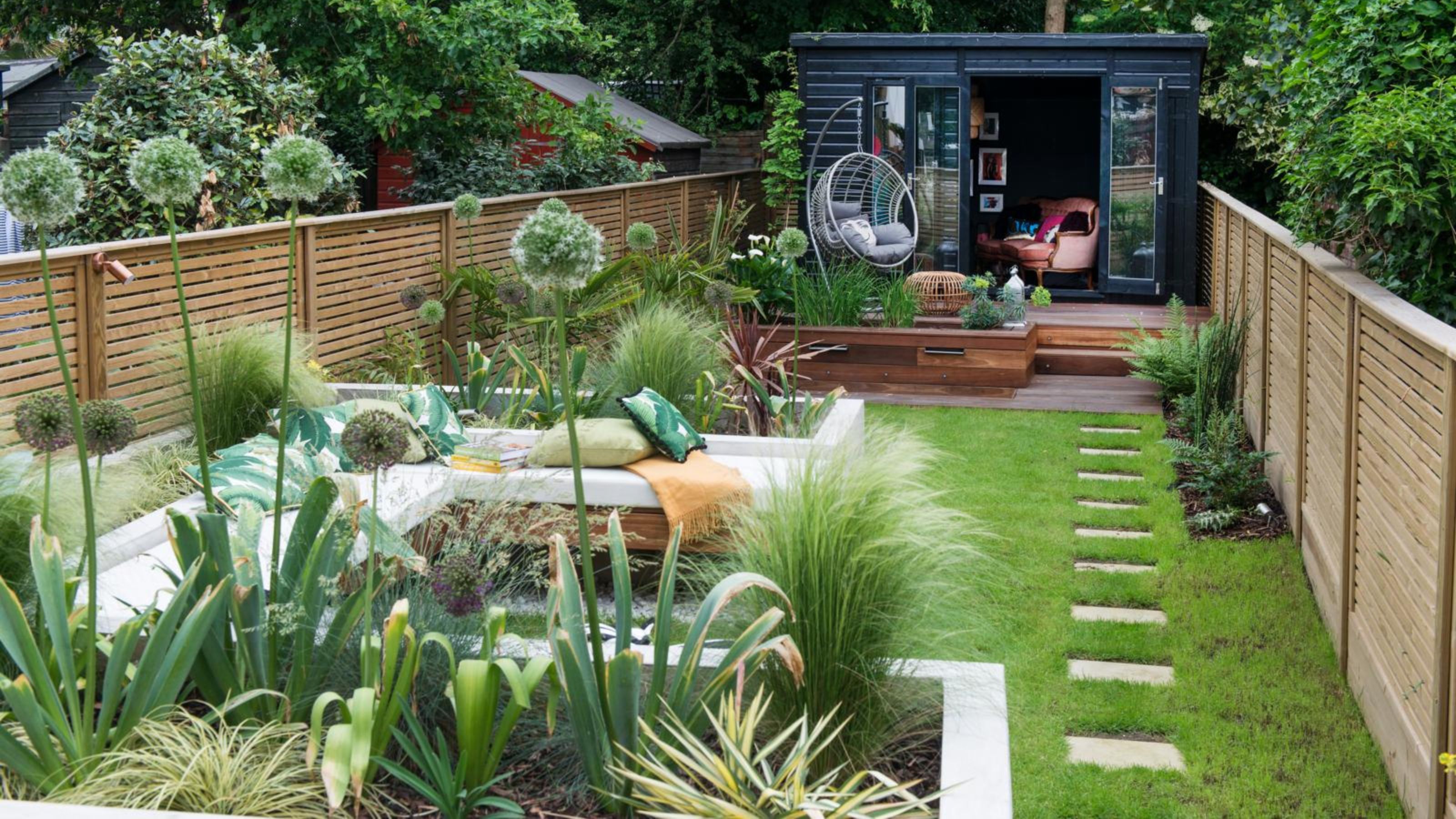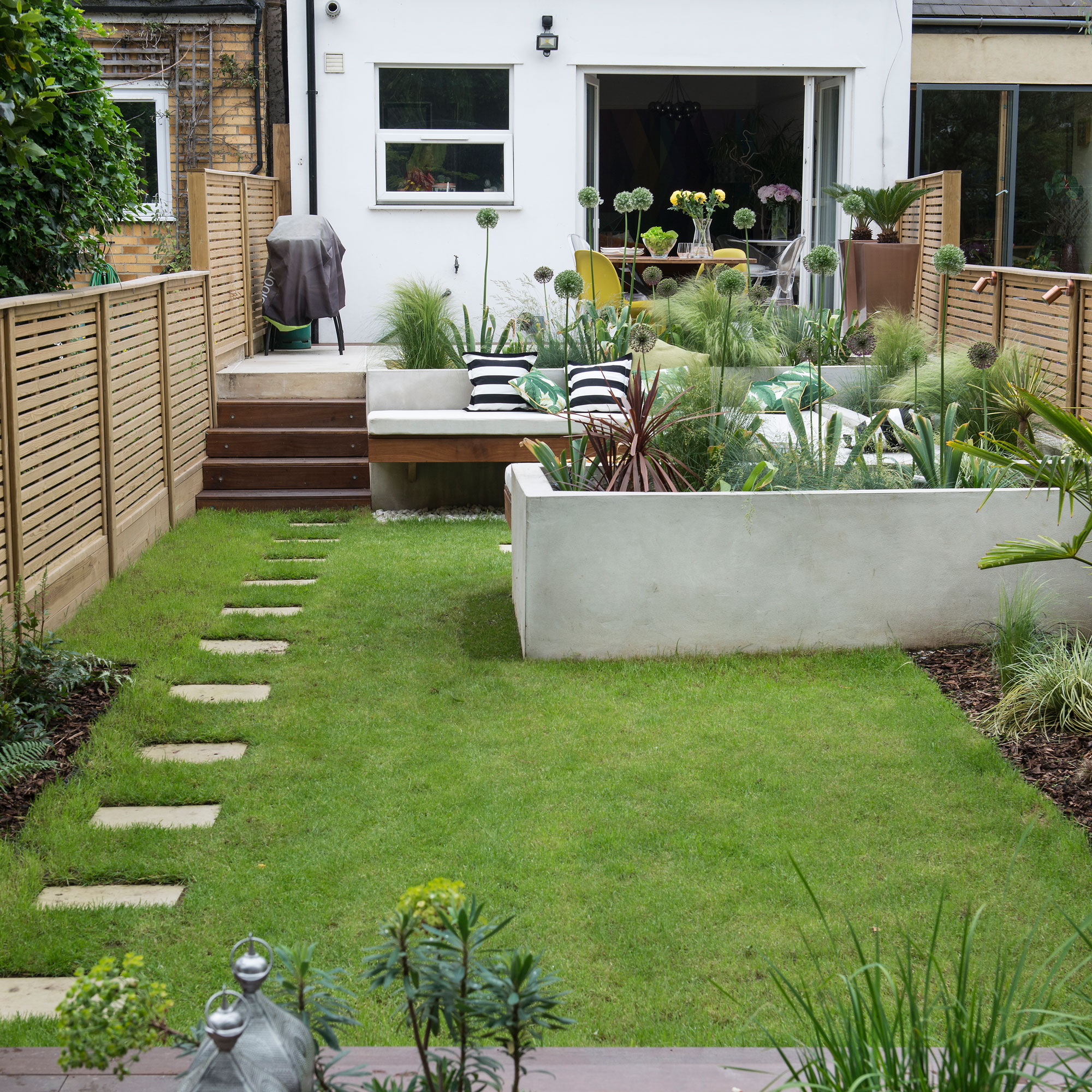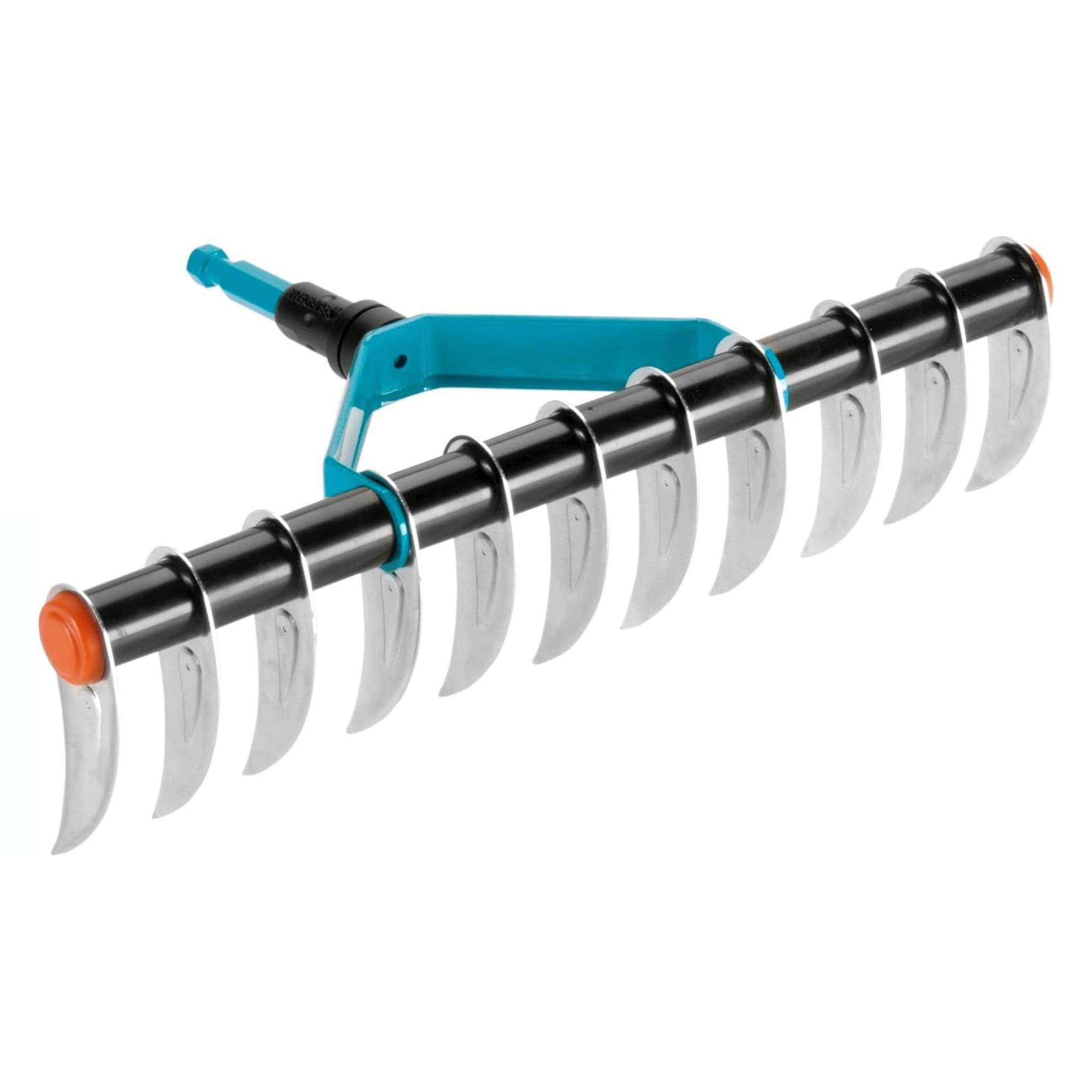Can you scarify wet grass? It's possible, but gardening experts advise otherwise
It could do your lawn more harm than good


Taking on the task of scarifying your lawn is important in ensuring you maintain a healthy and vibrant lawn by removing all the build-up of moss and thatch. But can you scarify wet grass, or only when it's dry?
Although now technically is the best time to scarify a lawn, if it's just been raining where you are, it might be best to hold off this bit of lawn maintenance for the time being until drier conditions.
We know scarifying plays an essential part in achieving a lush lawn, as all that excess material makes it especially difficult for water and nutrients to get through to the soil and roots. And if you've only just learned how to scarify a lawn recently, we know you might be itching to put all your new garden knowledge to use, but believe us when we say it's not worth the risk of trying to hastily remove moss from a lawn.

Can you scarify wet grass?
Yes, it is possible to scarify wet grass. However, gardening experts heavily advise against scarifying a lawn when it's wet as it could potentially be a recipe for disaster.
'Although it is technically possible to scarify a wet lawn, scarifying when wet could do your lawn more harm than good,' begins Peter Chaloner, managing director of Cobra Garden Machinery.
'We recommend waiting until lawns are dry before scarifying, and it's best to wait a few days after rainfall to let the grass dry out,' advises Peter. The minimum time you should wait to scarify your lawn after it's rained is at least 48 hours, according to Claire Baglin, landscape category manager at Toolstation.

If you try to scarify your lawn while it's wet (or still in the process of drying), Jamie Shipley, gardening expert and managing director at Hedges Direct cautions that you 'may run the risk of accidentally damaging your grass and pulling up healthy blades by the root instead of just dead organic matter.'
Sign up to our newsletter for style inspiration, real homes, project and garden advice and shopping know-how
So long as you've waited an ample amount of time for your lawn to dry before scarifying, you're pretty safe to proceed as usual. To get the best results, Claire suggests mowing your lawn beforehand to allow the scarifier to better reach the dead grass below. 'As a general rule of thumb, you should never remove more than a third of the grass height with each mow.'
If you're planning to participate in No Mow May, then we suggest getting a move on with this before you miss your window of opportunity. As with any scarifying process, you can do so using a metal lawn rake (or a mechanised scarifier, for a larger lawn).
As far as other situations where you should avoid scarifying your lawn, Peter advises against scarifying during extremely hot and cold conditions, as this can also damage the grass similar to trying to scarify it when wet.
'Additionally, if you have recently overseeded your lawn, it's best to wait until the new grass has established itself before scarifying. It typically takes several weeks to a couple of months for the new grass to become strong enough to withstand the process,' he says.
Now you know you shouldn't scarify wet grass, here's to hoping for sunnier days ahead this springtime so we can truly get our lawn ideas up to scratch.

Jullia was Ideal Home’s Junior Writer from 2022-2024 and the Ideal Home Certified Expert in Training on Vacuums having spent over 60 hours testing different models. She’s always loved all things homes and interiors, graduating with a bachelor’s degree in Architectural Studies from the University of Nottingham where her love for writing blossomed following her internship at ArchDaily. Now focused on home tech and cleaning, Jullia works on writing features and explainers to help people make the most of their home appliance investments, putting the newest launches through their paces. When she isn’t writing, she loves exploring the city, coffee shop hopping, and losing hours to a cosy game or book.
